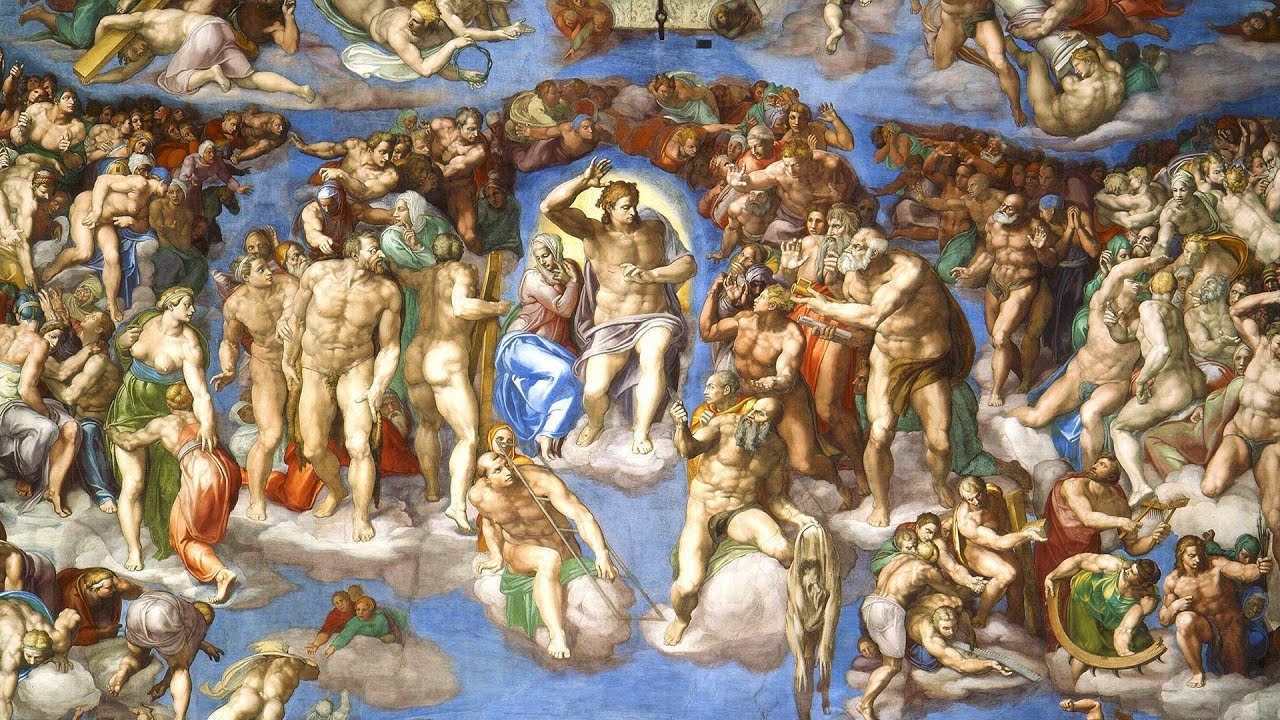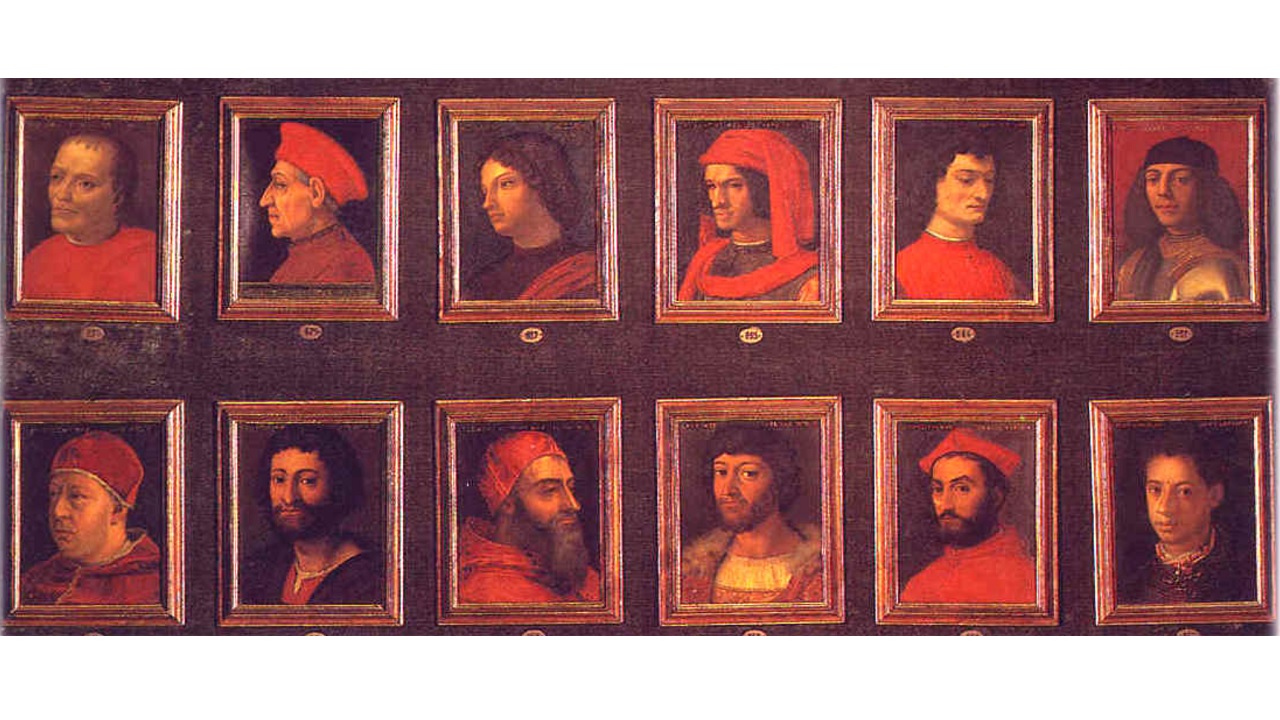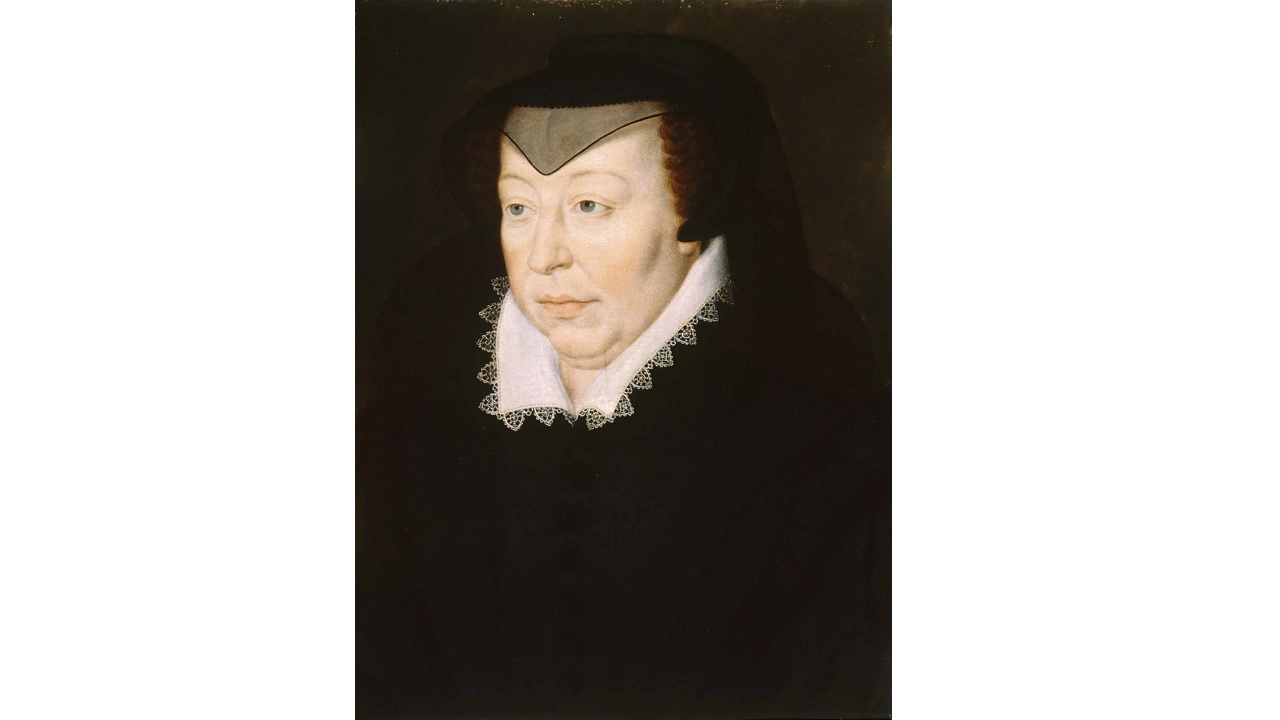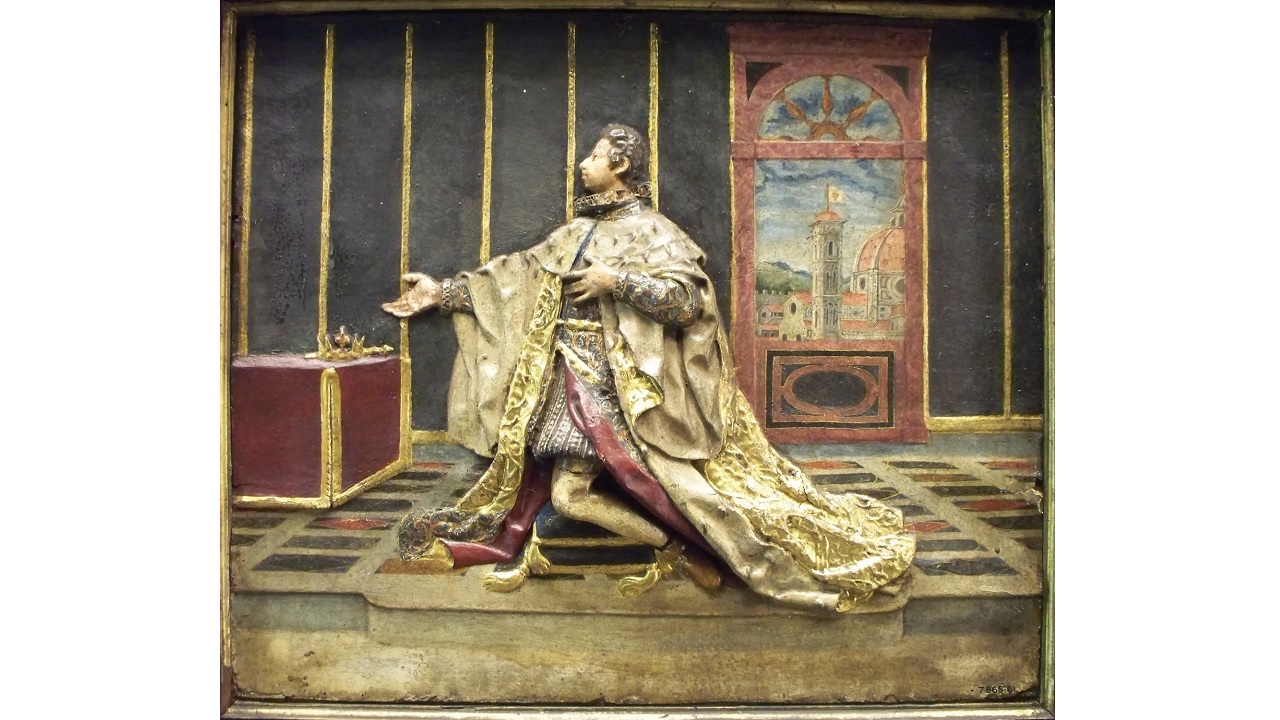There are many dynasties that have influenced European history. One of the most important among them is undoubtedly the Florentine Medici family, because they have been directly involved in politics for hundreds of years, they have raised popes from their own lineage, and by supporting art, they have ensured the Renaissance’s heyday. Let’s get to know the Florentine Medici family closely.
Since there is no widespread class distinction in the Turkish-Islamic world, it will seem foreign to us, but there is an aristocratic class in Europe. This aristocratic class consists of noble and wealthy families. These families were directly involved in European politics thanks to the feudal system, the effects of which continue even today. We can count countless such dynasties, but among them Florentine Medici family, It is undoubtedly one of the most remarkable.
If you are into art, you must have at least heard of the Florentine Medici family. Because they gave great support to the artists of the period. They created the Renaissance It would not be wrong to say. Many popes came from the family, which was directly involved in politics as well as artistic passions. Let’s get to know the Florentine Medici family, which had a very influential reign.
Birth of the Florentine Medici family:
The first ancestors of the Medici family lived in the Tuscan village of Cafaggiolo. Part of the family emigrated to Florence in the 12th century. The family was first interested in textiles as it was in their habits and strengthened the relationship with the local people. However, what really made them strong was their step into the banking and then the trade sector.
During the thirteenth century, the Florentine Medici family had become the literal ruler of the region and inevitably had political influence. However Salvestro de Medici, one of the heads of the family, in 1382, According to the administration, he became prominent because of his oppressive decisions in business life and was exiled from the city. Exile was a difficult time for the Medici family.
The most influential family structure, which we now call the Medici dynasty, began with another group descended from Giovanni di Bicci de Medici, Salvestro de Medici’s second-generation cousin. Giovanni’s eldest son, Cosimo de Medici, In 1434 he used the power of the family in Florence to achieve such great success that he became a local king.
Important artists of the Renaissance period were funded by the Florentine Medici family:

The development period of art and science in Europe, which we call the Renaissance, lasted between the 14th and 17th centuries, centered in Italy and even Florence. look at this job here was the Medici family and the family played an active role precisely between these centuries. Of course, the owner of this role was Cosimo de Medici, known in history as Cosimo the Elder.
The support we call funding today was called patronage in the art world of that period. Among the names under the patronage of Cosimo de Medici There were important artists of the Renaissance era such as Lorenzo Ghiberti, Filippo Brunelleschi, Donatello and Fra Angelico. Cosimo de Medici was seen as the treasury of the Renaissance, as he also supported scientists.
With the death of Cosimo de Medici in 1464, Lorenzo de Medici became interested in the art world. Lorenzo de Medici, who was already a poet; He supported names such as Sandro Botticelli, Leonardo da Vinci, Michelangelo. But Lorenzo’s life was short. His successor, eldest son Piero, took an unsuccessful political move and was exiled in 1494, two years after he signed a treaty with France.
Popes from the Florentine Medici family were influential in the world of religion and politics:

Three popes came out of the Florentine Medici family. These are X. Leo, who was the pope between 1513 and 1521, and VII, who was the pope between 1523 and 1534. Clement and XI, who briefly served as papacy in 1605. It’s Leo. He will later become pope as Leo X. Piero’s younger brother, Giovanni, In 1512, he met with the administration and enabled the Medici family to return from exile.
At this point, it is necessary to pay attention to the name of Giovanni because he took the steps to make himself pope in the future. Unlike the heads of the Florentine Medici family, Thanks to Giovanni, who had a much more humane world view, the family became an active force not only in the city but also in the whole of Europe, with the influence of their artistic patronage at that time. Giovanni also received his award as pope under the name Leo X.
Not content with religion and art, the Florentine Medici family managed to mix their blood with all the royal lineages of Europe:

Art is ok, the family is rich, the papacy is ok, their sins are on their necks but One of the greatest influences of the Florentine Medici family has been in politics. As an aristocratic family, the family, which influenced the king with its local power, became so powerful that they somehow managed to mix their own blood with all the royal families in Europe.
When Piero de Medici died, his son Lorenzo took over Florence. By making a successful political move daughter Catherine de Medici, King of France II. She married Henry. Three of the couple’s four sons came to the throne of France in the following years. In other words, the Medici family succeeded to take their place on the French throne.
In 1520, Cosimo the Elder, who was considered the original founder of the family, had a few grandchildren left. one of them His illegitimate son later became pope. The descendants of Lorenzo the Elder, brother of Cosimo the Elder, were at this time reviving the Medici dynasty. One of his grandsons, Cosimo de Medici, became duke of Florence and then grand duke of Tuscany. These descendants became the absolute rulers of the region until the first years of the 18th century.
When Cosimo died, Francis took his place. Francis’ daughter, Marie, was crowned King of France IV in 1600. married Henry and sons XIII. He later ascended the throne as Louis. Ferdinand, brother of Francis, not only performed many important services in Tuscany, but also took the first step of preserving the family’s contributions to the arts by establishing the Villa Medici in Rome.
The world, which did not belong to Sultan Süleyman, did not belong to the Florentine Medici family:

When we came to the end of the 17th century and the beginning of the 18th century, a visible change took place in the Florentine Medici family. This change was especially evident in the field of management. The descendants of the Medici family, who were always interested in the arts and the people, adopted a more authoritarian management approach, perhaps because of power poisoning.
When the support of the Florentine Medici family to art and the public decreased Those magical effects of the Renaissance also quickly disappeared. and even began to decline. Francis’s brother, Ferdinand’s son, who even supported Galileo Galilei. With the death of Cosimo in 1720, everything started to run out of water.
With the death of Gian Gastone, considered the last grand duke of the Florentine Medici family, in 1737 without leaving a male heir. The dynasty has come to an end. Of course, as they were a large family, their lineage continued somehow, but the dynastic power from the aristocracy disappeared and the Florentine Medici family disappeared into the dusty pages of history.
The biggest supporter of the Renaissance while shaping European religion and politics. We talked about the role of the Florentine Medici family on the stage of history. You can share your thoughts on the subject in the comments.
